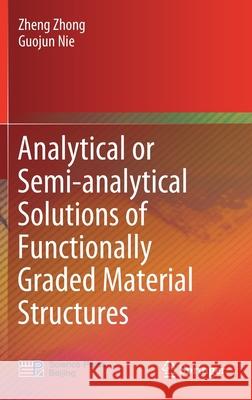Analytical or Semi-Analytical Solutions of Functionally Graded Material Structures » książka
topmenu
Analytical or Semi-Analytical Solutions of Functionally Graded Material Structures
ISBN-13: 9789811620034 / Angielski / Twarda / 2021 / 286 str.
Analytical or Semi-Analytical Solutions of Functionally Graded Material Structures
ISBN-13: 9789811620034 / Angielski / Twarda / 2021 / 286 str.
cena 645,58
(netto: 614,84 VAT: 5%)
Najniższa cena z 30 dni: 616,85
(netto: 614,84 VAT: 5%)
Najniższa cena z 30 dni: 616,85
Termin realizacji zamówienia:
ok. 22 dni roboczych.
ok. 22 dni roboczych.
Darmowa dostawa!
Kategorie:
Kategorie BISAC:
Wydawca:
Springer
Język:
Angielski
ISBN-13:
9789811620034
Rok wydania:
2021
Wydanie:
2021
Ilość stron:
286
Waga:
0.59 kg
Wymiary:
23.39 x 15.6 x 1.75
Oprawa:
Twarda
Wolumenów:
01
Dodatkowe informacje:
Wydanie ilustrowane











